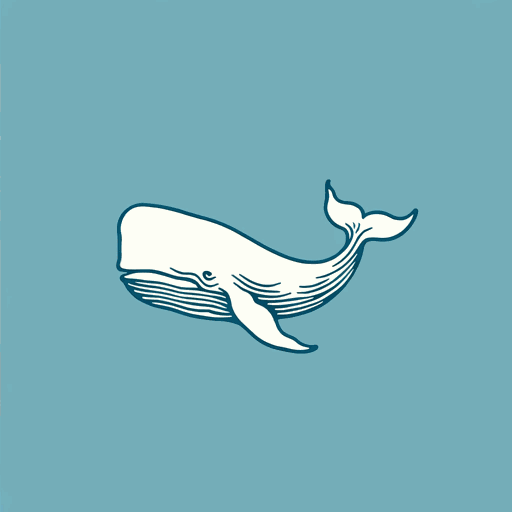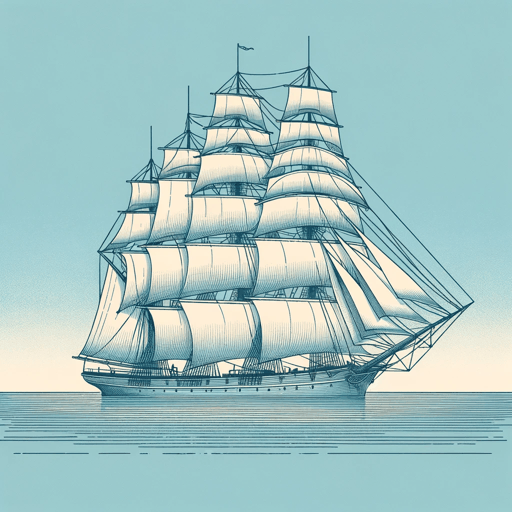101 pages • 3 hours read
Herman MelvilleMoby Dick
Fiction | Novel | Adult | Published in 1851A modern alternative to SparkNotes and CliffsNotes, SuperSummary offers high-quality Study Guides with detailed chapter summaries and analysis of major themes, characters, and more. For select classroom titles, we also provide Teaching Guides with discussion and quiz questions to prompt student engagement.
After Reading
Discussion/Analysis Prompt
Ishmael often waxes philosophical on the power of nature throughout the novel. What message does the novel convey regarding the source of nature’s power? How can nature both benefit and harm humans? Do other characters in the novel see nature the way Ishmael does?
Teaching Suggestion: In approaching this prompt, it may be beneficial to discuss the novel’s structure and some of its main stylistic elements. For example, students might discuss the role of Ishmael as narrator and how his relationships with other characters shape his own point of view.
Differentiation Suggestion: For students who benefit from strategies for abstract thinking tasks, a graphic organizer such as a Venn diagram or a T-chart to organize their ideas may be helpful. Students might include and address categories such as “Ishmael’s past experiences,” “Ishmael’s influences,” and “Ishmael’s reflections on nature” in the graphic organizer, with space to note textual examples and citations. Students might brainstorm and complete the organizers in small groups before each group presents their analysis in a larger class discussion.
Activity
Use this activity to engage all types of learners, while requiring that they refer to and incorporate details from the text over the course of the activity.
“Ahab’s Last Letter”
Related Titles
By Herman Melville






